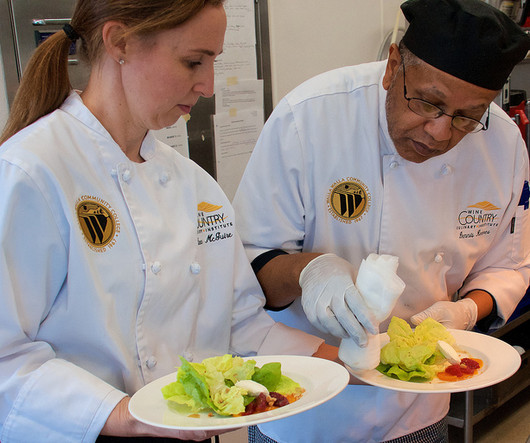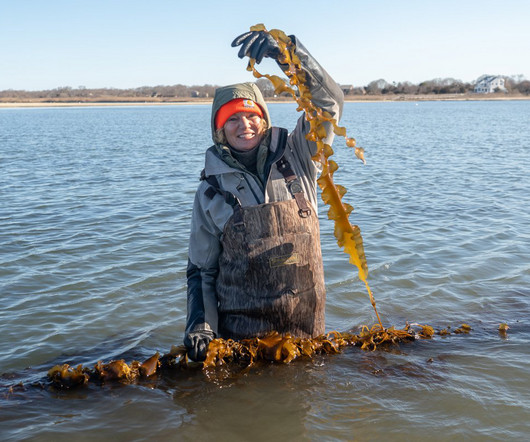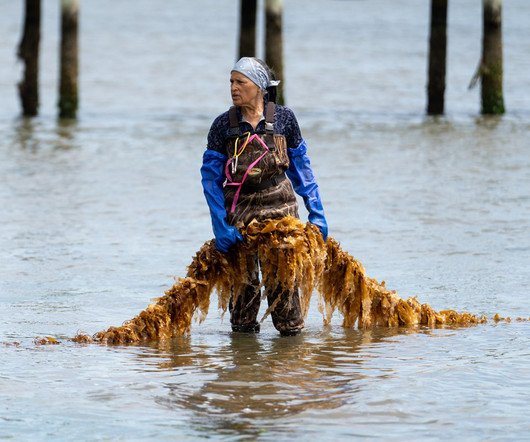Meet the Taro Farmer Restoring an Ecosystem Through Native Hawaiian Practices
Modern Farmer
DECEMBER 15, 2023
mile rock-walled lagoon used for aquaculture. Enlisting a staff of 16 and an army of volunteers, the organization cultivates the crop in knee-deep water diverted from Heʻeia stream. In 2001, executive director Kanekoa Shultz, a marine biologist and seaweed expert, helped rebuild the adjacent Paepae o Heʻeia fishpond.














Let's personalize your content